
In the world of baking, having the right tools is essential for success. From mixing bowls to oven thermometers, every baker should be equipped with a set of essential tools to ensure their creations turn out perfectly every time.
In this article, we will explore the top 10 tools that no baker should be without. Whether you're a novice or a seasoned pro, these tools will not only enhance your baking experience but also prioritize safety in the kitchen.
Mixing Bowls
One essential tool that no baker should be without is a set of high-quality mixing bowls. Mixing bowls are a fundamental component of baking, enabling bakers to combine ingredients efficiently and thoroughly. They offer numerous benefits, including convenience, versatility, and ease of use. Whether you're whisking eggs, kneading dough, or mixing batter, having the right mixing bowl can make a significant difference in the outcome of your baked goods.
There are different types of mixing bowls available on the market, each with its own unique features. Stainless steel bowls are durable, non-reactive, and easy to clean, making them a popular choice among bakers. Glass bowls allow you to see the consistency and color of your mixture, making them ideal for tasks that require precision. Additionally, there are plastic bowls, which are lightweight and often come in vibrant colors.
Investing in a set of high-quality mixing bowls will not only enhance your baking experience but also ensure the safety and quality of your creations.
Measuring Cups and Spoons
A crucial addition to any baker's toolkit is a set of precise and reliable measuring cups and spoons. Measuring conversions can make or break a recipe, and accurate measurements ensure that the final product turns out as intended. Measuring cups and spoons provide consistency and precision, allowing bakers to achieve the desired texture and taste in their baked goods.
It is important to remember that baking is a science, and even the slightest variation in measurements can result in a different outcome. Using measuring cups and spoons not only ensures safety in terms of ingredient proportions but also helps bakers develop their skills by following recipes accurately.
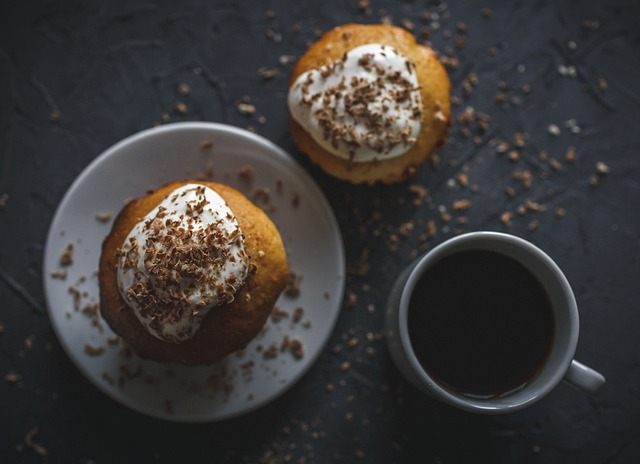
Baking Pans
To ensure consistent results and achieve the desired texture in baked goods, bakers must equip themselves with a selection of high-quality baking pans. The right baking pan can make all the difference in the outcome of your baked treats.
Here are five essential types of baking pans that every baker should have in their kitchen:
- Cake Pan: A versatile pan used for baking cakes of various sizes and shapes.
- Muffin Pan: Perfect for making muffins, cupcakes, and even mini quiches.
- Loaf Pan: Ideal for baking bread, meatloaf, and pound cakes.
- Cookie Sheet: A flat, rimless pan used for baking cookies, biscuits, and other flat baked goods.
- Pie Pan: Used for baking delicious pies with flaky crusts and juicy fillings.
Investing in these essential baking pans will ensure that your baked goods come out perfectly every time, while also promoting safety and efficiency in the kitchen.
Whisk
The whisk is an indispensable tool in every baker's arsenal, offering numerous benefits that contribute to the success of their creations.
From incorporating air into mixtures for lighter batters and fluffier whipped creams to blending ingredients evenly, the whisk ensures optimal results in baking.
There are various types of whisks available, each designed for specific tasks, such as the balloon whisk for mixing and the flat whisk for creating smooth sauces.
Proper maintenance, including thorough cleaning and drying, guarantees the longevity and functionality of this essential baking tool.

Benefits of Using Whisk
Whisks offer bakers a versatile tool for achieving optimal mixing and aeration in their recipes. Here are some benefits of using a whisk in your baking endeavors:
- Efficient Mixing: Whisks allow you to blend ingredients thoroughly, ensuring that no pockets of dry or wet ingredients are left behind.
- Uniform Texture: The whisk's wire loops help incorporate air into the mixture, resulting in a lighter and fluffier texture.
- Quick and Easy: Whisks make the mixing process faster and more efficient than using a spoon or spatula.
- Versatility: Whisks can be used for various tasks, such as beating eggs, whipping cream, or emulsifying dressings.
- Different Types Available: From balloon whisks with their rounded shape to flat whisks designed for pan sauces, there are different types of whisks available to suit your specific needs.
Using a whisk not only enhances the quality of your baked goods but also makes your baking experience safer and more enjoyable.
Different Types of Whisk
When exploring the world of baking, it is essential to familiarize yourself with the diverse array of whisk types available to achieve the desired mixing and aeration results. Whisks are versatile tools that come in different shapes and sizes, each designed for specific tasks.
The most common types include balloon whisks, flat whisks, and French whisks. Balloon whisks are characterized by their rounded shape and numerous thin wires, making them ideal for whipping air into ingredients and creating light, fluffy textures.
Flat whisks, on the other hand, have a flat design with wider wires, making them perfect for deglazing pans and blending sauces evenly. French whisks, also known as a piano whisks, have a long, narrow shape with a rounded handle and are excellent for whisking delicate ingredients like eggs and cream.
Each type of whisk offers its own benefits and uses, so having a variety of whisk types in your baking arsenal will ensure you have the right tool for every recipe.
Whisk Maintenance Tips
To ensure the longevity and optimal performance of this essential baking tool, proper maintenance techniques should be employed. Here are some tips to keep your whisk in top shape:
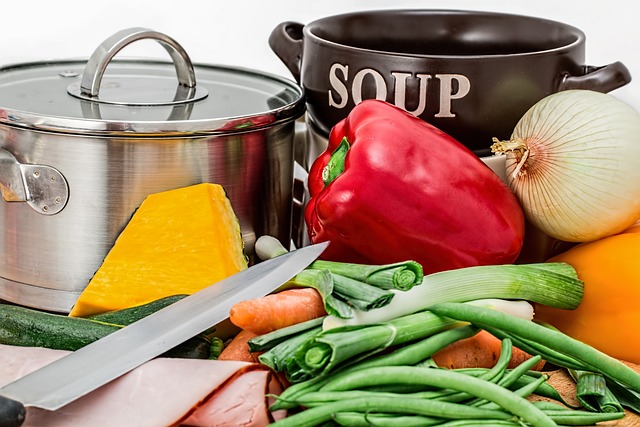
- Cleaning: After each use, wash the whisk with warm soapy water, making sure to remove all batter or dough remnants. Avoid using abrasive cleaners that could damage the wires.
- Drying: Thoroughly dry the whisk before storing to prevent rusting. You can air-dry it or use a clean kitchen towel to remove any remaining moisture.
- Whisk Storage: Store your whisk in a dry and clean utensil drawer or hang it on a hook. Avoid placing heavy objects on top of the whisk, as this can bend the wires.
- Whisk Alternatives: If you don't have a whisk on hand, you can use a fork or a forked spoon as an alternative. While it may not be as efficient, it can still get the job done.
- Inspect Regularly: Check your whisk regularly for any signs of damage, such as loose wires or bent tines. If any issues are found, it's best to replace the whisk to ensure safe and effective use.
Silicone Spatula
A silicone spatula is an indispensable tool for any baker, allowing for precise and efficient mixing, folding, and scraping of ingredients.
The benefits of using a silicone spatula are numerous. Firstly, its flexibility allows it to easily reach into corners of bowls and containers, ensuring that no batter or dough goes to waste.
Secondly, silicone spatulas are heat-resistant, making them perfect for stirring hot mixtures without the risk of melting or warping.
Additionally, silicone spatulas are non-stick, which means they won't scratch or damage your non-stick cookware.
When it comes to different types of silicone spatulas, there are straight spatulas ideal for scraping bowls, offset spatulas great for spreading frosting, and spoon spatulas perfect for folding ingredients.
With its versatility and safety features, a silicone spatula is a must-have tool for any baker.
Baking Sheets
Continuing the discussion on essential tools for bakers, the next item to consider is baking sheets, which play a crucial role in achieving perfectly baked goods. Baking sheets come in various types, each offering its own set of benefits and advantages.
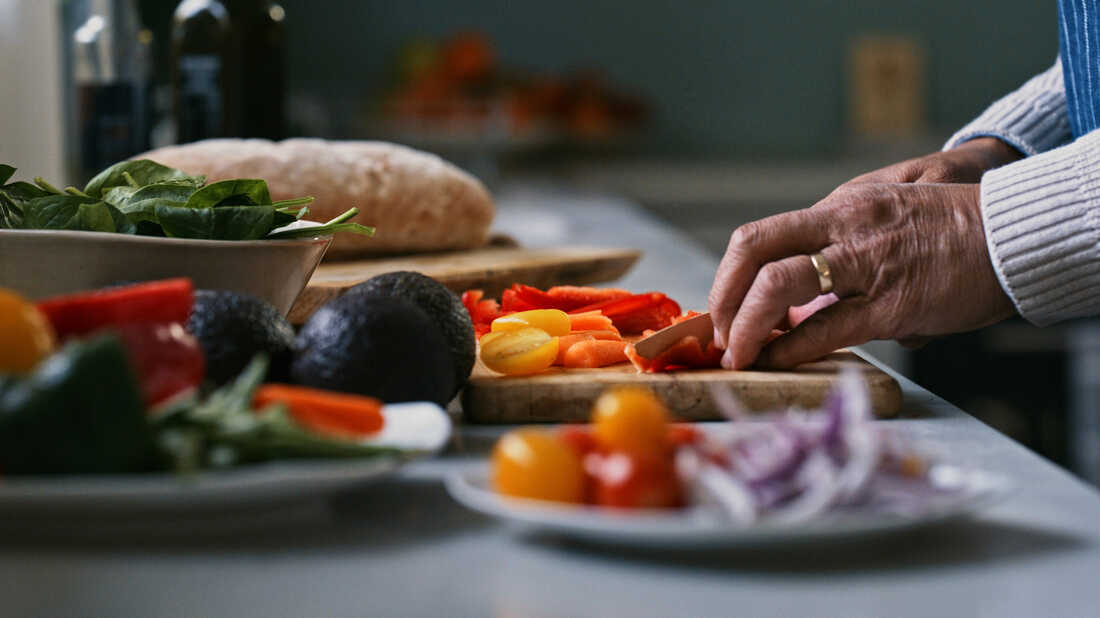
Here are five different types of baking sheets to consider:
- Aluminum baking sheets: These sheets are lightweight, durable, and distribute heat evenly, resulting in uniform baking.
- Non-stick baking sheets: Ideal for delicate pastries and cookies, these sheets prevent sticking and make cleanup a breeze.
- Silicone baking mats: These reusable mats provide a non-stick surface while promoting even heat distribution, preventing burnt bottoms.
- Stainless steel baking sheets: Highly durable and easy to clean, these sheets are perfect for roasting vegetables or baking savory dishes.
- Insulated baking sheets: Designed with an air layer between two sheets, these sheets reduce the risk of burnt bottoms and ensure even browning.
Using the right type of baking sheet is crucial for achieving the best baking results while ensuring safety and efficiency in the kitchen.
Cooling Rack
The utilization of a cooling rack is indispensable for bakers to ensure optimal cooling and prevent baked goods from becoming soggy. A cooling rack is a wire rack that allows air to circulate around baked items, allowing them to cool evenly and quickly. It offers several benefits, making it an essential tool for every baker.
Firstly, a cooling rack helps prevent the accumulation of moisture, which can lead to a soggy bottom. It also helps to prevent over-baking by allowing excess heat to escape. When choosing a cooling rack, it is crucial to consider the material, size, and stability. Opt for a sturdy rack that can withstand the weight of your baked goods and ensure it is made from food-safe materials. Additionally, choose a size that fits comfortably in your baking sheet or countertop space.
Rolling Pin
An essential tool for bakers, the rolling pin is a versatile utensil used to flatten and shape dough for various baked goods. Whether you're making a flaky pie crust or a delicate pastry, the rolling pin is a must-have in every baker's kitchen.
Here are some benefits of using a rolling pin:
- Consistent Thickness: With a rolling pin, you can easily achieve an even thickness throughout your dough, ensuring uniform baking and a professional-looking finished product.
- Control: The rolling pin allows you to control the pressure and direction, ensuring that your dough is shaped exactly how you want it.
- Versatility: There are different types of rolling pins available, such as traditional wooden pins, marble pins, and silicone pins, each offering unique benefits for different types of dough.
- Efficiency: Using a rolling pin saves time and effort compared to trying to flatten dough by hand.
- Precision: The rolling pin enables you to roll out dough to a specific size, ensuring that it fits perfectly in your baking pan.
Investing in a quality rolling pin will make your baking experience easier and more enjoyable while yielding professional results.
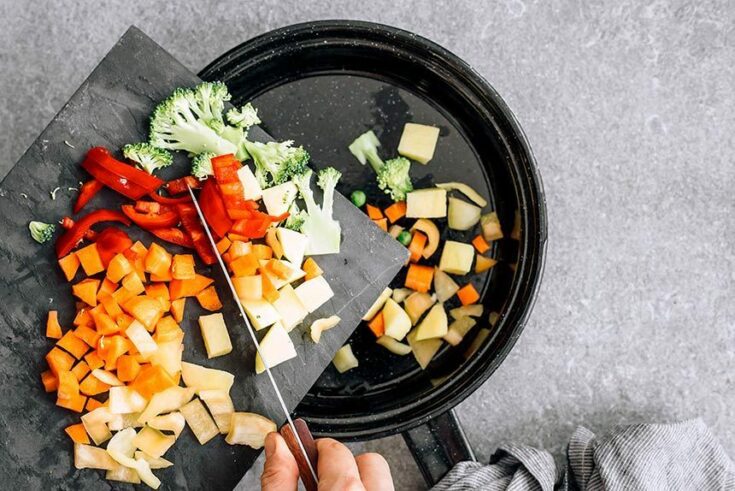
Pastry Brush
The pastry brush is an essential tool for bakers, offering numerous benefits in the kitchen.
From glazing pastries and breads to brushing on butter or egg wash, this versatile tool allows for precise and even distribution of liquids and sauces.
Available in a variety of materials, such as silicone, natural bristle, or nylon, each type of brush has its own unique qualities and uses.
To ensure the longevity of your pastry brush, proper cleaning and maintenance is essential, making it a reliable tool that no baker should be without.
Benefits of Using
A pastry brush is an indispensable tool for every baker, providing precise and controlled application of glazes, egg washes, and butter for a flawless finish on baked goods. Its benefits extend beyond just aesthetics, making it an essential tool in any baker's kitchen.
Here are some advantages of using a pastry brush:
- Versatility: A pastry brush can be used for a variety of tasks, such as brushing melted butter onto dough, applying egg wash to create a golden brown crust, or evenly spreading glazes and sauces.
- Hygiene: Using a pastry brush ensures that your hands stay clean and minimizes the risk of contamination when handling food.
- Efficiency: The bristles of a pastry brush allow for even distribution of liquids, ensuring consistent results every time.
- Cost-Effective: Investing in a good-quality pastry brush is a cost-effective choice, as it can be used repeatedly without the need for frequent replacement.
- Safety: A pastry brush with heat-resistant bristles is essential for safely applying glazes or other liquids to hot baked goods, reducing the risk of burns.
Different Types Available
There are several types of pastry brushes available, each offering unique features and benefits to enhance your baking experience. When it comes to selecting a pastry brush, it's important to consider the type of bristles, handle material, and overall quality.
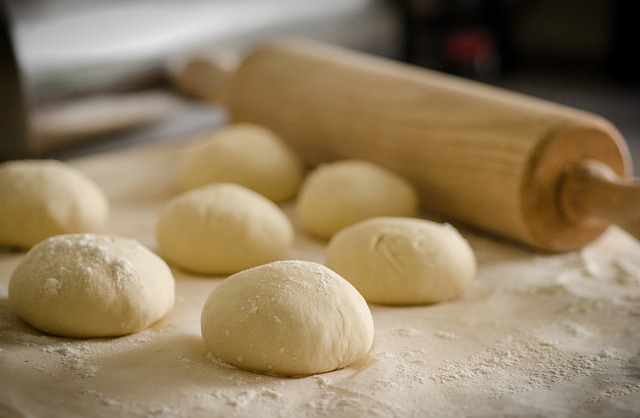
Silicone brushes are a popular choice due to their heat resistance and durability. They are also easy to clean and maintain.
Natural bristle brushes, such as those made from boar hair, are ideal for delicate pastries and provide a gentle touch.
For those who prefer a vegan option, synthetic bristle brushes are available, offering a similar texture and performance.
Whichever type you choose, ensure that the bristles are securely attached to the handle to avoid any shedding during use.
Some recommended brands for baking pans include Nordic Ware, Calphalon, and USA Pan, which offer high-quality pans with excellent heat distribution and non-stick properties.
Cleaning and Maintenance
To ensure optimal performance and longevity of your pastry brush, proper cleaning and maintenance is essential. Here are some cleaning techniques to keep your pastry brush in top shape:
- Regularly remove any excess flour or food particles from the bristles by gently tapping it against the edge of the sink or trash can.
- Rinse the brush under warm water to remove any remaining debris.
- Use a mild dish soap and a soft sponge or brush to gently clean the bristles.
- Avoid using harsh chemicals or abrasive cleaners, as they can damage the bristles.
- After cleaning, shake off any excess water and lay the brush flat or hang it upside down to dry.
Organizing your baking tools is also crucial for maintaining your pastry brush. Consider storing it in a clean, dry place, away from other utensils to prevent cross-contamination.
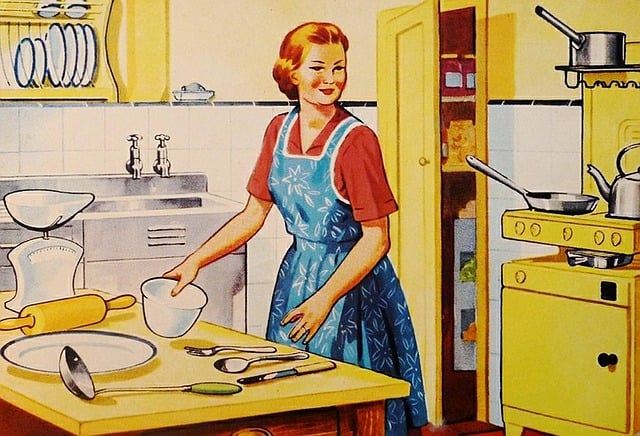
Oven Thermometer
The accuracy of the oven temperature can be ensured with the use of an oven thermometer. Using an oven thermometer has several benefits for bakers.
Firstly, it allows for precise temperature control, ensuring that baked goods are cooked evenly and to perfection. This is especially important for delicate pastries and cakes that require specific temperatures for optimal results.
Secondly, an oven thermometer helps to prevent over or undercooking, which can lead to disappointing outcomes or even food safety risks.
To calibrate an oven thermometer, start by placing it in a preheated oven for about 15 minutes. Then, check the temperature reading against a reliable reference thermometer. If the readings differ, adjust the oven thermometer accordingly.
Regular calibration is essential to maintain accuracy and ensure consistent baking results. By using an oven thermometer and calibrating it correctly, bakers can bake with confidence and achieve excellent results every time.
Frequently Asked Questions
How Do I Properly Clean and Care for Silicone Spatulas?
To properly clean and care for silicone spatulas, it is important to wash them with warm, soapy water after each use. Avoid using abrasive cleaners that can damage the silicone. Regularly inspect the spatulas for any signs of wear and tear to ensure their safe use.
What Are Some Alternative Uses for a Cooling Rack Besides Cooling Baked Goods?
A cooling rack has various alternative uses besides cooling baked goods. It can double as a trivet for hot pots and pans, a drying rack for dishes or herbs, and a grilling surface for delicate items. Get creative and repurpose this versatile tool!
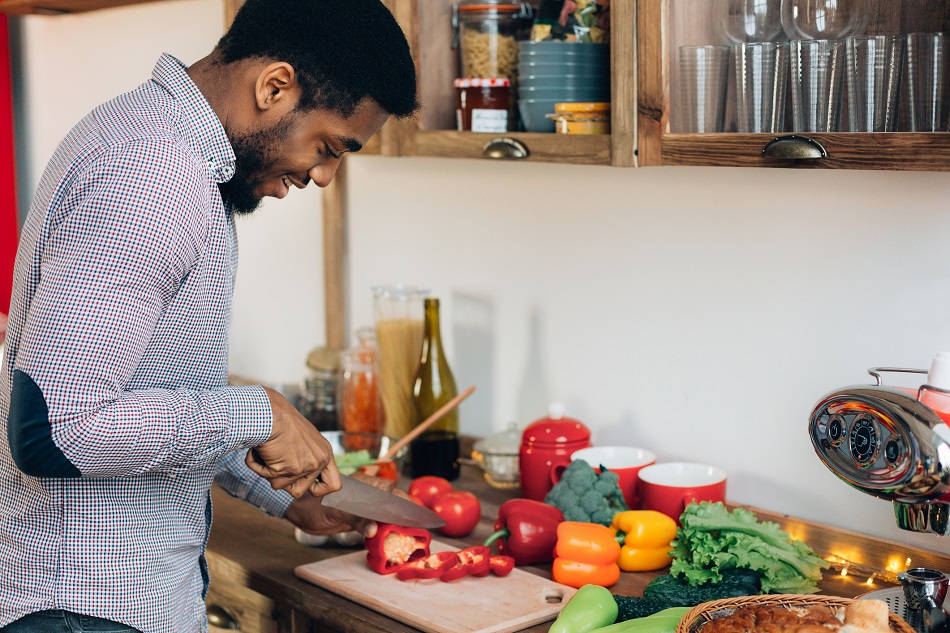
Can I Use a Regular Kitchen Thermometer Instead of an Oven Thermometer?
While a regular kitchen thermometer can provide a general idea of temperature, an oven thermometer is specifically designed to accurately measure heat inside the oven. This ensures precise baking and eliminates any risk of under or overcooking.
Are There Any Specific Types of Baking Pans That Are Best for Certain Types of Baked Goods?
When it comes to baking, choosing the right types of baking pans is crucial for achieving optimal results. Different baked goods may require specific pans, such as round cake pans for layer cakes or loaf pans for bread. These pans ensure even baking and proper shape formation. Additionally, using a cooling rack can have alternative uses beyond just cooling baked goods, such as allowing air circulation for drying out items. To prevent dough from sticking, a non-stick rolling pin is recommended.
How Do I Prevent Sticking When Using a Rolling Pin While Rolling Out Dough?
To prevent sticking when using a rolling pin while rolling out dough, there are several techniques you can employ. Dusting the surface with flour, using a non-stick mat, or chilling the dough can all aid in achieving a smooth and non-sticky rolling experience.
 Family Craft ProjectsHome ImprovementCooking and BakingReuse and RecycleDIY GiftsEco-Friendly ProjectsDIY Home SolutionsSeasonal ActivitiesFun and GamesLearn TogetherPrivacy PolicyTerms And Conditions
Family Craft ProjectsHome ImprovementCooking and BakingReuse and RecycleDIY GiftsEco-Friendly ProjectsDIY Home SolutionsSeasonal ActivitiesFun and GamesLearn TogetherPrivacy PolicyTerms And Conditions
